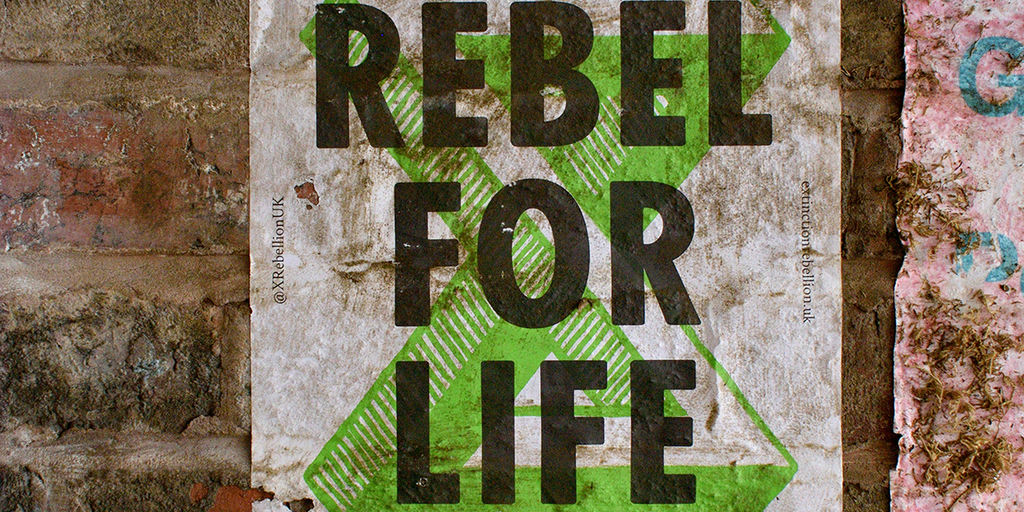How to Bank Without Fossil Fuels

[Michele Henderson/Unsplash]
If you are more concerned about the climate than profit, you won’t be surprised to learn that many banks finance fossil fuel projects. A tougher challenge is to find banks that are both saying and doing the right things on the climate crisis. The good news is they are out there.
The Banking on Climate Chaos report offers a damning picture of the financial sector’s continued financing of fossil fuels: From 2016 to 2022, the seven years following approval of the international Paris Agreement on climate change, the global 60 largest banks provided $5.5 trillion for the fossil fuel industry.
That covers financing – which the report defines as loans and underwriting of debt and equity issuances – for fossil fuel infrastructure expansion, fracking companies, coal mining and coal power, oil and gas extraction in the Amazon, and other operations.
The top financier in those years was JPMorgan Chase, at $434.1 billion, according to the report prepared by the Sierra Club, Rainforest Action Network, and five other nongovernmental organizations and endorsed by hundreds of others. That was over $100 billion above No. 2 Citigroup, at $332.9 billion. Rounding out the top five were Wells Fargo ($316.7 billion), Bank of America ($279.7 billion), and the Royal Bank of Canada ($252.5 billion).
“Global banks often make public declarations that they are addressing climate change, but the scale of their continued financing of fossil fuels and industrial agriculture is simply staggering,” the Guardian newspaper quoted Teresa Anderson, global lead on climate justice for ActionAid International, as saying after that organization published its own report finding that banks had provided $3.2 billion for fossil fuel activities in the Global South from 2016 to 2022.
Banks like JPMorgan Chase counter that they are mindful of both the climate crisis and their roles in powering the global economy.
“At JPMorgan Chase, we work to power economies around the world and champion opportunity in good and difficult times,” JPMorgan Chase Chairman and CEO Jamie Dimon said in the introduction to the bank’s Climate Report. “A key challenge is meeting governments and companies’ net-zero emissions goals by 2050 while also meeting the global need for secure, reliable and affordable energy. As I have said before, these objectives are not mutually exclusive. We can — and must — do both.”
The report highlights JPMorgan climate actions dating to 2004, including the 2017 declaration of the intention to “facilitate” $200 billion in clean energy financing over eight years. The Rainforest Action Network quickly responded by accusing the bank of “greenwashing”: an increasingly used pejorative for companies that publicly overstate or mislead regarding actual steps taken to address their contributions to climate change.
The transparency organization Mighty Deposits generally defines eco-friendly banks as “those that acknowledge that their lending and investment choices have an impact on the health of the planet, and take action to decrease funding projects that harm the environment.”
It provides lists of both sustainable banks and banks that are not financing fossil fuels. Many are local or regional banks rather than the massive institutions cited in the Banking on Climate Crisis report. For example: topping the list of banks that do not finance fossil fuels on the Mighty Deposits website is Ponce Bank, which lists just 14 locations in and around New York City.
The number of banks with this distinction is limited yet growing. As of March 2024, Mighty Deposits lists 13 banks across the United States that are not financing fossil fuels. However, more than 300 credit unions are also fossil fuel-free.
Mighty Deposits cites pro-environment banking options beyond those on the sustainability and no-fossil-fuel-investments lists. These encompass B-Corp Banks, which “meet the highest standards of verified social and environmental performance, public transparency, and legal accountability to balance profit and purpose”; members of the Global Alliance for Banking on Values; and Aspiration, ATMOS, Ando, and other “environmentally focused neobanks.”
Other organizations, such as Bank.Green allows you to check if your bank is "funding climate chaos" and find alternatives in 50+ countries. Bank for Good, also offers guidance on finding environmentally focused-institutions in the United States.
Meanwhile, shareholders, regulators, and others worldwide continue fighting to push larger banks away from financing fossil fuels. In January 2024, the New York City Comptroller’s Office announced that the city had joined with three major city pension funds to file shareholder proposals demanding that JPMorgan Chase, Citigroup, Bank of America, Goldman Sachs, and other financial institutions completely report their financing of fossil fuels versus clean energy. Within a matter of months, JPMorgan and Citigroup had agreed to the demand, Energy Monitor reported.
The financing ratio must reach 4:1 clean energy vs. fossil fuels by 2030, and improve from there, to keep the world on a path to net-zero emissions by 2050 and to prevent the Earth from exceeding 1.5 degrees Celsius of warming, according to a Bloomberg New Energy Finance analysis cited in a Comptroller press release. The 2022 ratio for North American banks was 0.6:1.
“Despite all their talk, the big banks have made little progress in the energy finance transition over the past couple of years,” Comptroller Brad Lander said in a press release. “As long-term investors exposed to climate risk, we can’t just take their word for it.”
It’s not just a battle for powerful organizations – individuals can recognize greenwashing, invest in clean energy, and talk about the relationship between their banks and fossil fuels, among many other actions. Earth Hero will continue to add actions that can help you do your part to be part of the solution.

